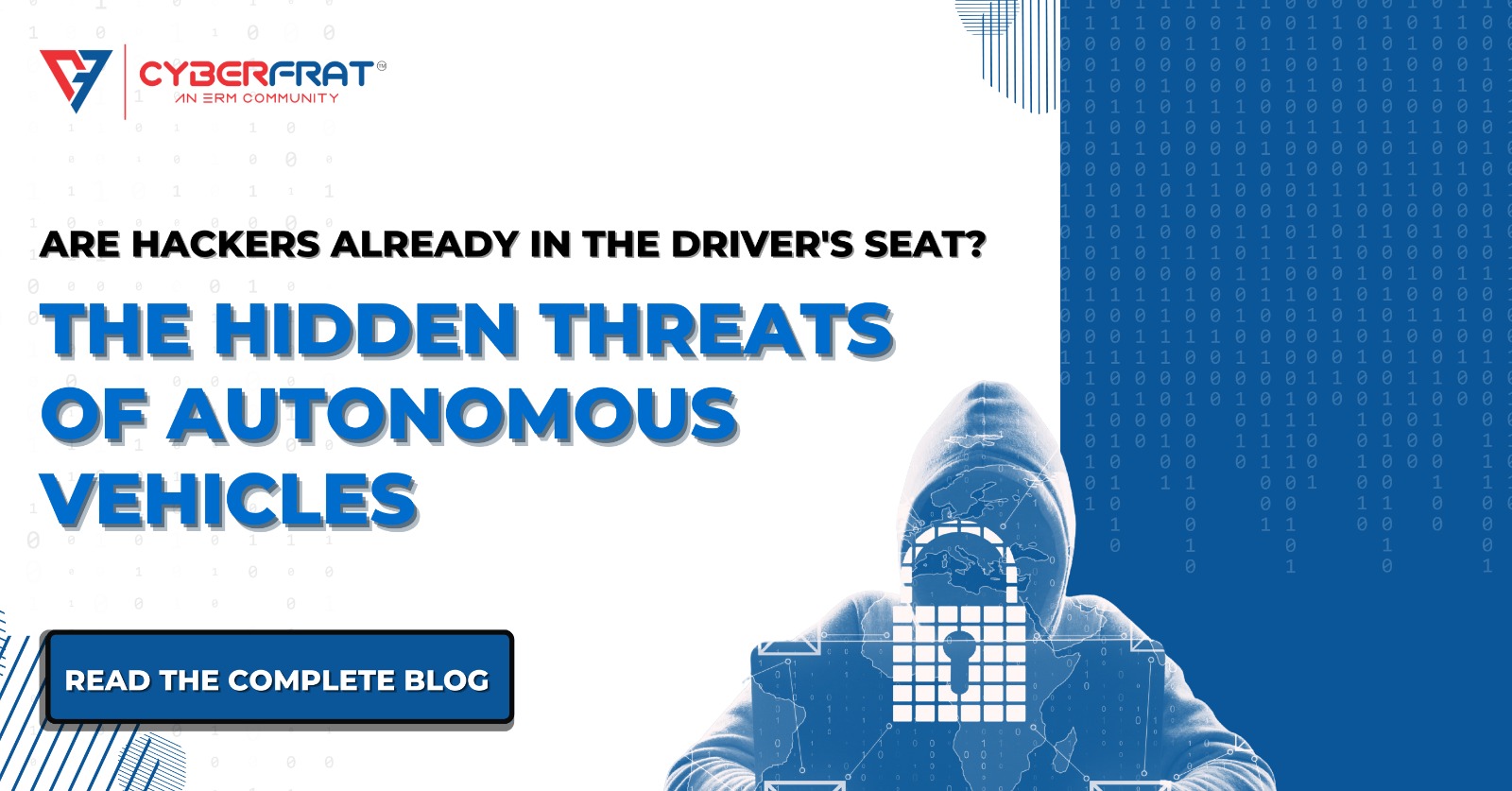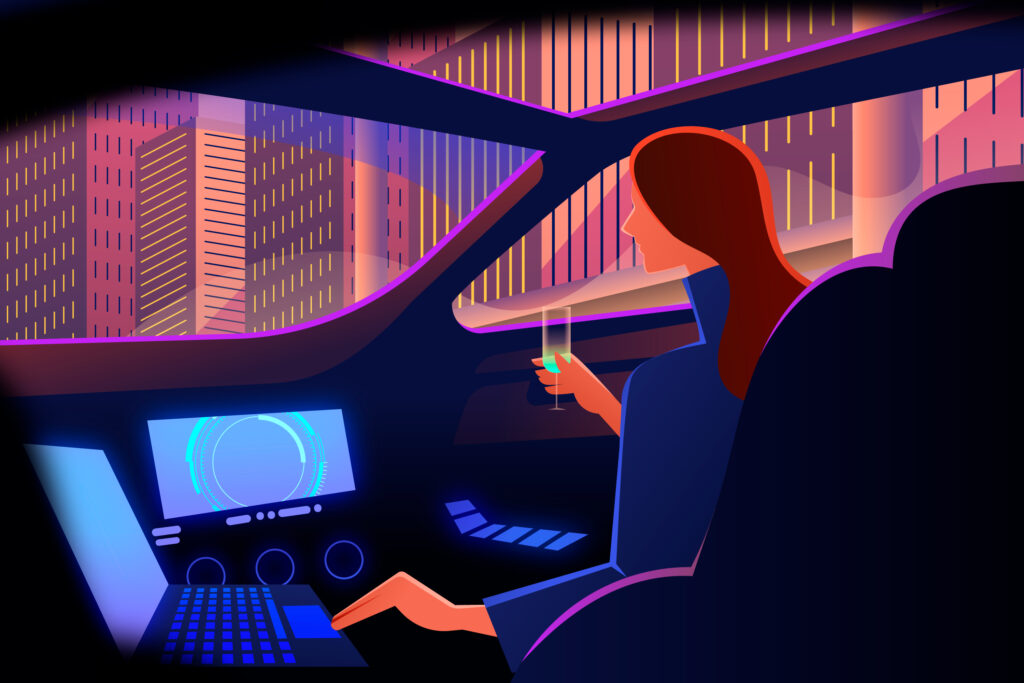
Imagine a calm morning commute in your shiny new autonomous car. You’re sipping coffee, catching up on emails, and leaving the “driving” to the AI. Then, suddenly, your car takes a sharp, unexpected turn. No, it’s not a glitch—it’s a hacker, and they’re now in the driver’s seat.
Sounds like a scene from a sci-fi thriller, right? But the truth is, autonomous vehicles (AVs) are not just transforming transportation—they’re also opening new doors for cybercriminals. As our cars become smarter and more connected, they’re becoming attractive targets for hackers with malicious intent.
1. Remote Hijacking
In 2015, Charlie Miller and Chris Valasek famously hacked a Jeep Cherokee from miles away. Using nothing but a laptop, they controlled its steering, brakes, and even the transmission. Imagine being on a highway and realizing your car is no longer yours to control. This isn’t just theoretical—it’s a reality that sent shockwaves through the automotive industry. (Source: https://www.bbc.com/news/technology-33650491)
2. GPS Spoofing
In 2020, researchers demonstrated how they could trick a Tesla’s autopilot by subtly altering GPS signals. The car believed it was on a different road and attempted to adjust its course accordingly. What if this were done on a busy highway or near a cliff? The potential for disaster is immense.
3. Data Breaches
Your autonomous car isn’t just a vehicle; it’s a moving data center. From your driving habits to your favourite destinations, you connect your entire device, it stores a wealth of personal information. In 2021, a hacker breached a major automaker’s system and accessed sensitive customer data, proving that cars are just as vulnerable as laptops and smartphones.
4. Communication Interception
AVs rely heavily on Vehicle-to-Everything (V2X) communication to talk to traffic lights, other vehicles, and even pedestrians. Hackers could intercept these communications, sending fake signals to cause accidents or create gridlock. In a 2016 experiment, Israeli researchers hacked smart traffic lights, showing how easy it could be to bring a city to a standstill.
5. Ransomware Attacks
Picture this: You’re late for an important meeting, and your car refuses to start. A message flashes on the dashboard demanding cryptocurrency to unlock your vehicle. This isn’t far-fetched. Ransomware attacks on connected devices are rising, and cars could be next.

Autonomous vehicles promise a safer, smarter future, but they also come with risks that can’t be ignored. Hackers are evolving as quickly as the technology they target, and the automotive industry must stay one step ahead.
By learning from past incidents, adopting best practices, and preparing for future challenges, we can ensure that self-driving cars don’t just transform how we travel—they also keep us safe along the way. Because in the end, the only one who should be in the driver’s seat is you.
Written By
Bhairavi Joshi
Head of Marketing, CyberFrat
Notifications